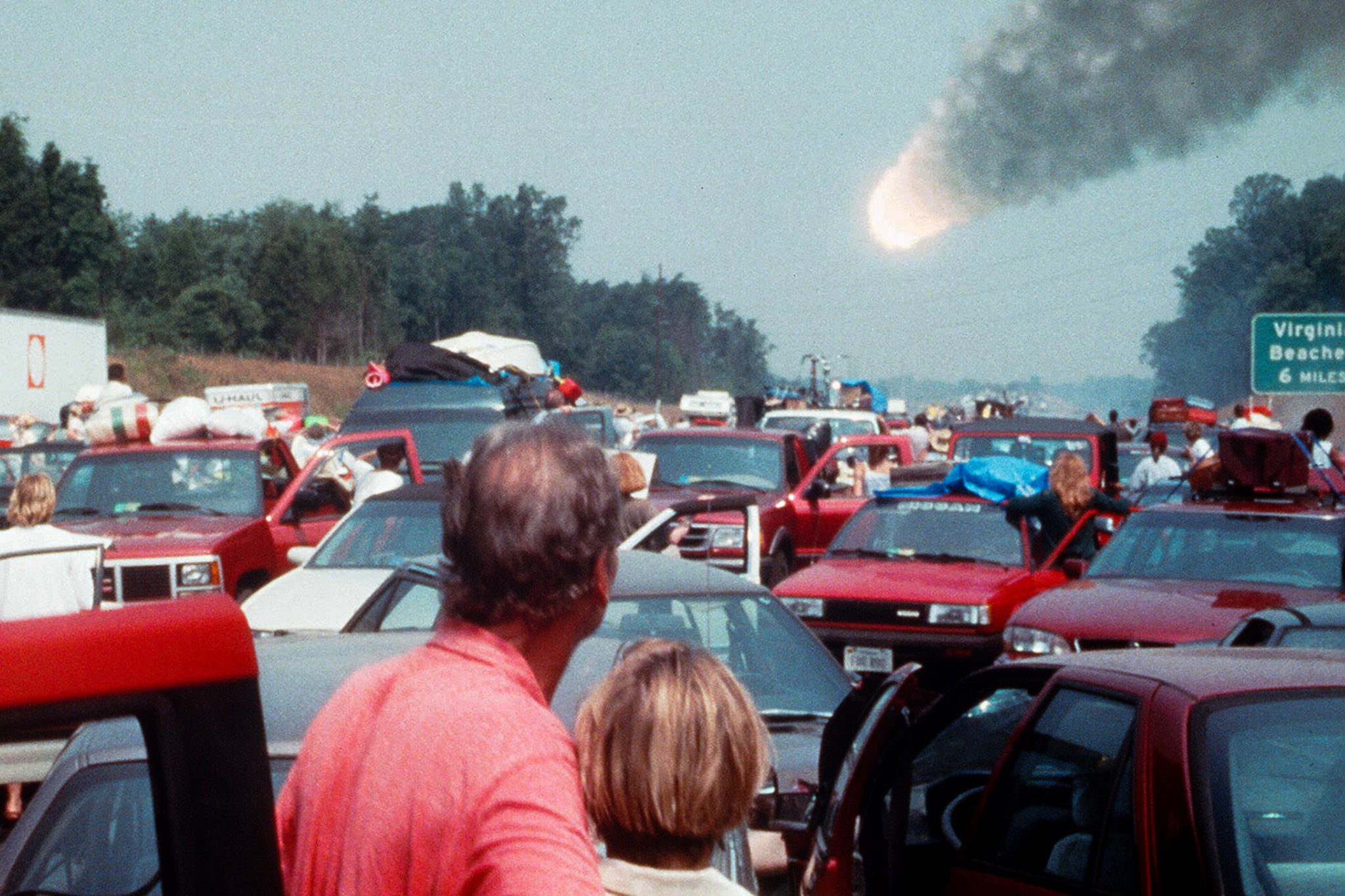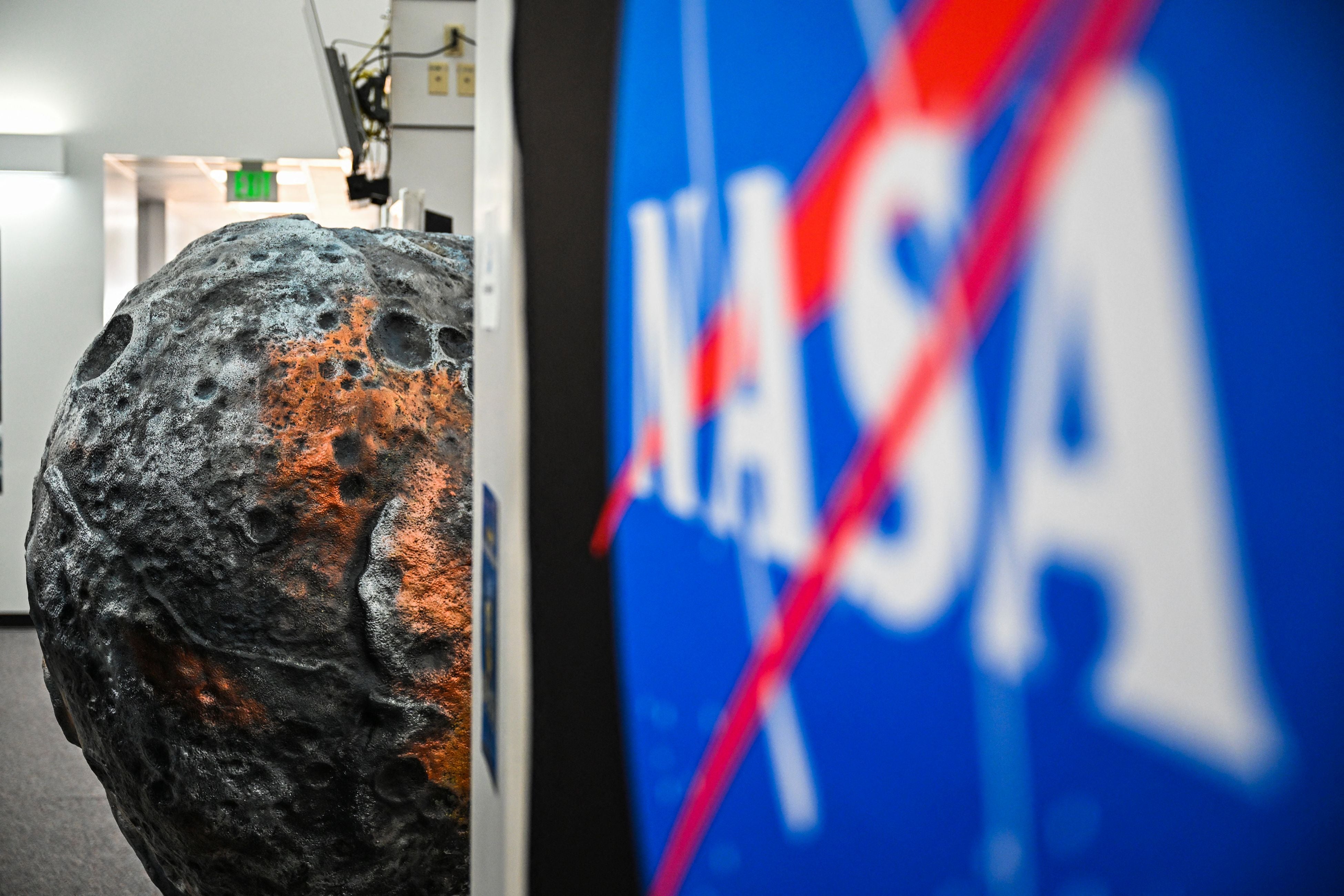How an asteroid could wipe out life on Earth – and what we’re doing about it
Scientists – led by experts from Nasa – have spent more than 10 years working out how to prevent a devastating asteroid strike on Earth, writes Andrew Griffin


Even as the asteroid hurtled towards Earth, we were arguing. That was sort of the point: some of the world’s greatest experts and most powerful agencies had been assembled to find out how to respond. But they argued and then they failed.
The asteroid wasn’t real. But the conclusions were very clear: we are not ready to respond to the threat of a deadly asteroid. The Earth is not in the path of any real threat, experts believe – which is for the best since we cannot properly respond to one.
For more than a decade, an array of US government agencies and experts led by Nasa’s Center for Near-Earth Object Studies have been playing “tabletop” games that could have the highest-possible stakes. Every two years, they gather and simulate a threat from an asteroid, and the response that might follow; repeatedly it has shown that we are not yet prepared, with dramatic and destructive if entirely imagined results.

The threat however is not wholly theoretical. Through its billions of years, the Earth has been hit by vast numbers of asteroids, once much more common than it is now; an early one might have formed the Moon, and another wiped out the dinosaurs. Even these days, potentially disastrous asteroids do fall to Earth: in 1908 an asteroid in Russia exploded in the sky with enough force to flatten some 80 million trees, and in 2013 the Chelyabinsk meteor blew up with the force of as much as 500 kilotonnes of TNT.
More recently, we have been repeatedly reminded that our spot in space is shared with a number of other objects, some of which might be dangerous. Last year, for instance, the Earth was struck by an asteroid that was spotted just hours before it crashed into us – it was so small that it burnt up in the sky without posing any danger, but it was a widely-heralded reminder of the danger that might come with a larger one.
Those in the hypothetical scenarios tend to focus on more deadly asteroids. In 2019, for instance, a 200 foot fictional asteroid destroyed New York City after the assembled experts failed to stop it.
This summer, the exercise didn’t actually play out to a dramatic ending either way. Instead, participants stayed stuck at one specific time, rather than going in fast forward, using the time to delve deep into the best ways to deal with the threat.
In the simulation, they came up against numerous very real roadblocks. Knowing all the information about the asteroid, including the risk it posed, would require quick action and substantial funding – but it would be hard to convince those in power to spend time and money on a threat that couldn’t be quantified. “Many stakeholders expressed that they would want as much information about the asteroid as soon as possible but expressed skepticism that funding would be forthcoming to obtain such information without more definitive knowledge of the risk,” Nasa’s report on the test notes.
There were other problems. Experts hadn’t quite appreciated how intertwined the complex timelines of space missions, disaster management and communications would be; misinformation and disinformation would probably be rife; there are no specific plans for threats from asteroids.
This might be terrifying. But really the only reason we know about our failures to prepare is because we are preparing at all: these gaps in our response are exactly why the tests are being done in the first place.
Similarly, it might seem like we are constantly just missing a series of asteroids: just today, our neighbourhood will be visited by two aeroplane-sized objects, according to Nasa’s tracking. But the increasing worry is not a consequence of there being more threats but of us being more aware of them: we are getting better at spotting and understanding asteroids all the time.
That doesn’t mean that we are always good at it. Many asteroids are only spotted shortly before they fly past: just this recently, an asteroid arrived in California only moments after it was discovered. They tend to be small – which is one reason they are hard to spot – and therefore relatively danger-free.
It might seem that we are powerless in the face of a threat from asteroids. But they are actually uniquely responsive: “An asteroid impact to our planet is potentially the only natural disaster humanity is capable of accurately predicting and preventing,” as Lindley Johnson, planetary defense officer at NASA Headquarters, said ahead of a previous simulation.
Recent years have focused on trying to build those kinds of prevention mechanisms. The most famous and successful of them was Nasa’s Double Asteroid Redirection Test, or DART, a $330 million mission that in 2022 collided with Dimorphos, a moon around the asteroid Didymos. They didn’t pose any kind of threat to Earth, but the test allowed scientists to see whether we might be able to change the path of an asteroid that did – and it was successful.
Last month, researchers tested an even more futuristic solution. Scientists used Sandia National Laboratory’s Z machine, the most powerful laboratory source of radiation in the world, to see how that might work. They created a miniature version of a killer asteroid, the size of a marble, to see whether it could be knocked off course with nuclear blasts. Again, it seemed to work.
There is no indication that any of this will be needed any time soon. Nasa says that there is currently “no known significant threat of impact for the next hundred years or more”, but is also open about the fact that there could be many more objects waiting out there to be discovered. In the meantime, we will keep finding new threats and imagining new responses to them.






Join our commenting forum
Join thought-provoking conversations, follow other Independent readers and see their replies
Comments